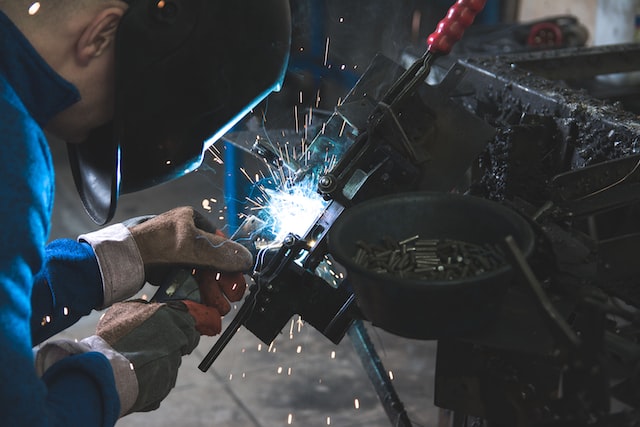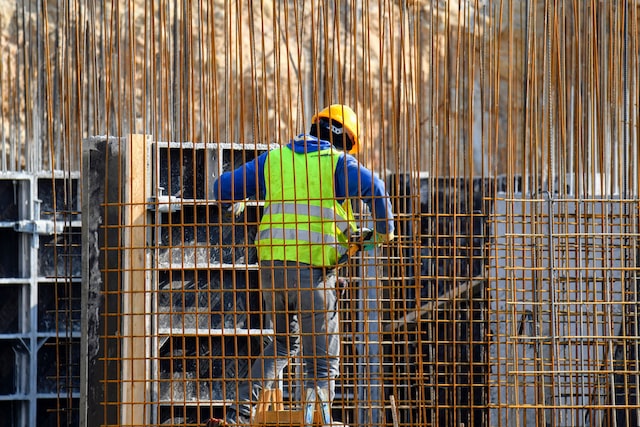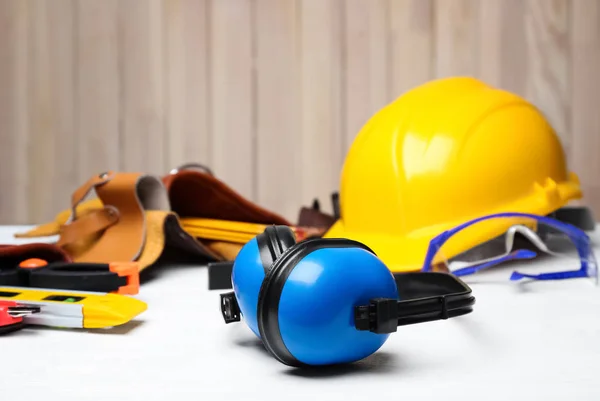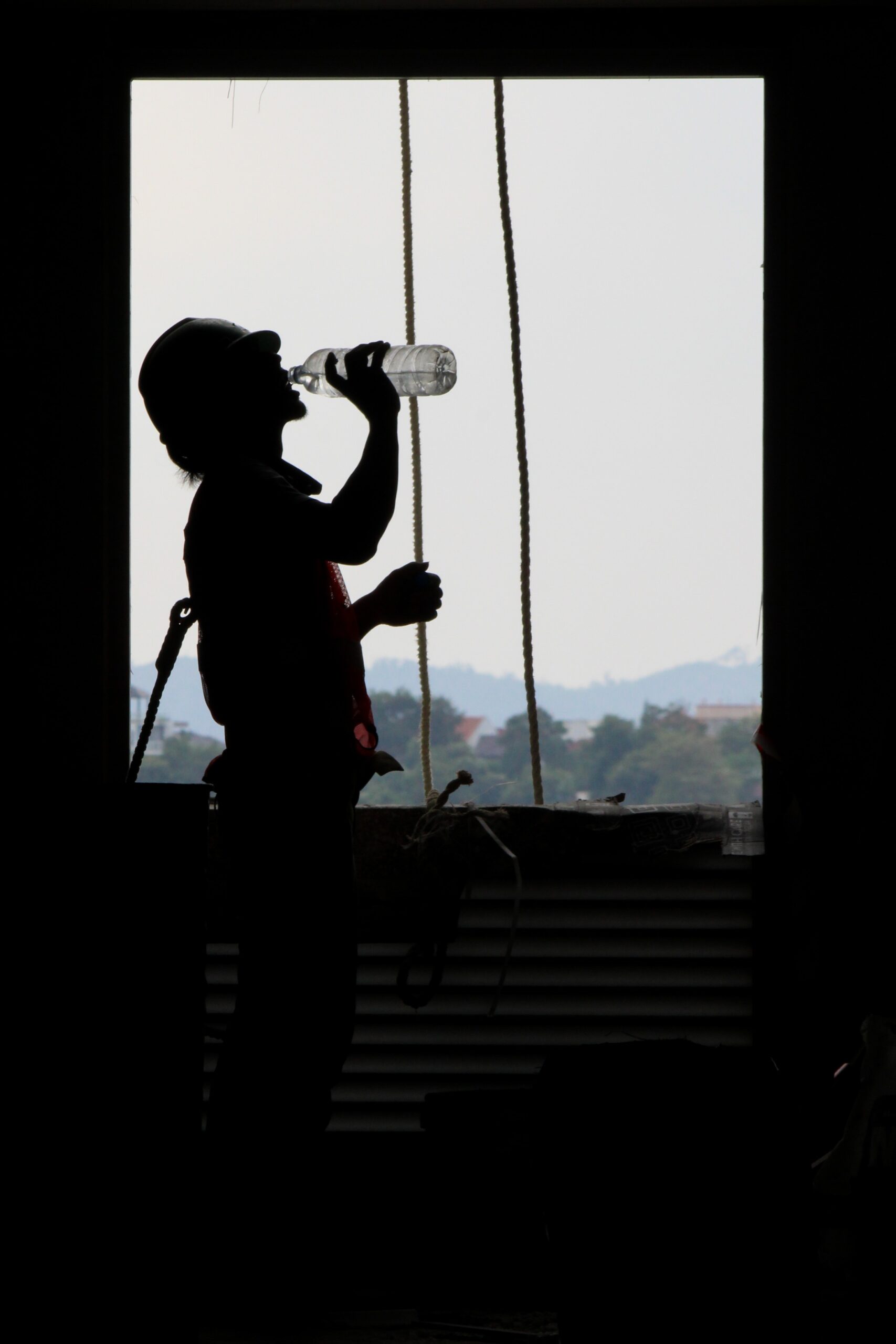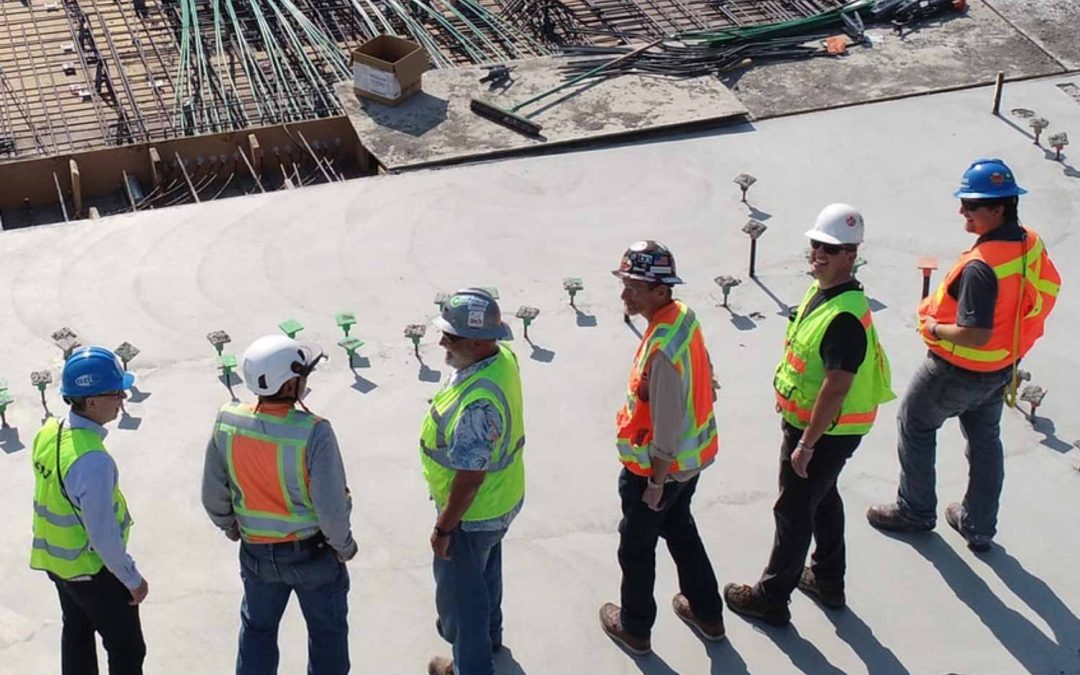
Oct 9, 2021 | Safety
The buzz phrase “Safety is our company’s #1 priority” is overused, misunderstood, and frankly an admission that safety is only important until something else comes up.
The Problem With Priorities
Priorities are tasks, jobs, or things that are pertinent under specific circumstances, at given times. The problem with stating “Safety is our #1 priority” is, priorities change.
If not by the hour, priorities can change several times in any given day. To often when companies state “Safety is our #1 priority”, they end up falling short of that statement. Safety is often #1 priority until something else more important at that time.
As a result, a blind eye to safety is normally taken, and that is when incidents occur. As safety professionals we need to understand what outside pressures influence our behaviors.
These three outside pressures that are used as reasons why safety is sacrificed.
1. Costs
One major outside pressure most businesses operating with a safety department face is, cost to implement a program, policy, or procedure. When ideas are brought up, you can count on management asking, “What is it going to cost?”
This is a fair question. CEO’s need to make sure the business they are running is generating cash flow and covering its expenses or it will close its doors. As a safety professional, it is your job to quantify and present ideas in cost vs. benefit format. When you display data in a simplified format, management is more likely to be comfortable with the initiative you’d like to push. If the dollars make sense, most CEO’s will give the green light on your idea.
2. Time
Time is money. When time is not being allocated to accomplishing the job, it is elementary to understand profits are being flushed down the toilet. Not to mention overhead is typically the most expensive line item on a P&L sheet. However, according to the National Safety Council, the average cost of an occupational injury is $39,000. That’s a pretty penny to risk and choosing to work unsafe. See the full stat sheet below for NSC Injury Data. https://injuryfacts.nsc.org/work/costs/work-injury-costs/
Time pressure as an excuse why safety is sacrificed, is a true business failure, as it displays the actual values of the organization. Smart and well planned out work typically can take less time, than having to do work twice that was rushed. Spending time rewriting safety documents such as permits, and JSA’s are where real money is lost. Doing the job the safe way the first time, can save plenty of dollars.
As a safety professional, encourage your work force to take their time with safety related documents. Pencil whipping paperwork to just get it filled out defeats the purpose of the procedures.
3. Making the Customer Happy
The customer is normally always right.
Maintaining great relationships with customers is how businesses sustain long growth and innovation. Two critical factors when bidding work are costs, and safety performance of your company. Making the customer happy with safety performance can yield leniency with overall bid price. Although not guaranteed, some customers are more willing to pay more for a smoother, safer operation. The old saying is, “You pay for what you get”. Therefore, spending upfront dollars on a strong safety program is worth it in the long run. Your company could end up spending more dollars after an incident occurred. That being said, a safe project will make the customer happy.
In contrast, if a customer is encouraging your staff to make unsafe decisions, and pressuring them to take risks, those are customers I would not want my staff working for. Do not be afraid to fire your customers if they are putting your people at risk of injury.
Let’s face it, who picks up the bill when your employee gets hurt? Your company or the customer? Who really takes the loss if someone gets hurt. Vet your customers well and often.
Make Safety your Company’s #1 Value.
We just discussed what priorities are and how they change. So what about values?
What we know about values, is they don’t change. Values are consistent regardless of exterior motives, outside pressure, and they are how we view the world and how we operate. As a safety professional it is critical that you stress your company makes Safety it’s #1 Core Value. All operations of the organization must first address the elephant in the room, “Can we do the job safely”. You must get management commitment that safety will not be sacrificed at any cost. The risk vs. reward of possibly injuring one of your greatest assets (employees) to complete a high-risk operation for more dollars is not worth taking.
How to get this commitment?
Commitment issues? Yes, they exist for everyone. The easiest way to get management commitment to a new safety initiative or program is to provide solutions.
Reducing Friction
Operations is not going to be thrilled to hear that you can not complete a job or that the job is being delayed due to safety concerns. It should not be a matter of not completing the job/task. Rather the question you should ask is, “How do we complete the job safely while maintaining profits?”. By successfully answering this question both operations and safety departments prime objectives are accomplished.
Your company is full of problem solvers, and where there is a will, there is a way.
Here some great solutions to solve complex safety problems:
- Collaborate with the field employees who will be involved in the task. They may have a commonsense answer to the question.
- Ask management if they have ever been in a similar situation before and how the problem was addressed. There are often solutions that exist but are unknown. Call on former resources and see what is available.
- Work with the customer. Communicate with the customer’s safety staff to see what they might recommend or, how similar experiences have been addressed. Speak with the intent you’d love to complete the job and find common ground. No one wants an incident to occur.
- Research and comb through your network. Contact other safety professionals in groups you may be involved in. A great resource is the “groups” function on Linked In, and Facebook.
Embedding Values Into Your Company
As you speak about the company’s background/mission statement during new hire orientations, and business development meetings, speak to the commitment to safety. When safety is the #1 Value, customers will feel comfortable when you bid their work. The question of safety record will already be answered by the reputation your company has developed.
Walk The Walk
Finally, anyone can say Safety is there #1 Value, but when push comes to shove and there are outside pressures involved, you will be responsible for making the call on whether to take on a job that is potentially unsafe. It takes guts to shut down an unsafe activity, but by sticking to your values, your standards rise. Working safely becomes the new normal and your employees will feel better knowing they aren’t just a number.
Simply do not tolerate working unsafely under any circumstance. Reward your employees when Stop Work Authority is utilized effectively. See how to effectively utilize Stop Work Authority in the link below.
https://b42l.com/stop-work-authority/
Final Thoughts:
Embed Safety as your #1 Value on and off the job. Our priorities change all the time, but our values are consistent with how we live our lives and complete our work.
Did this article help? We hope this toolbox talk was informative, helpful and easy to relate to. Please visit safetytalkideas.com and B42L.com to learn more about safety talks and topics.
